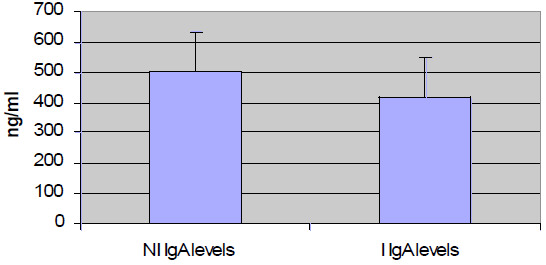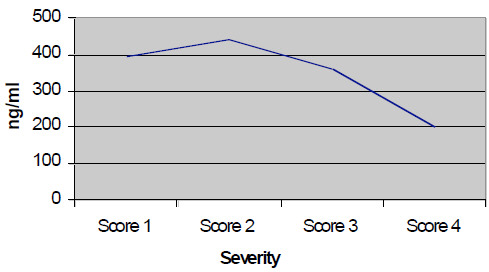



Infectious Bovine Keratoconjunctivitis (Pinkeye) Study
Infectious bovine keratoconjunctivitis (IBK), commonly known as pinkeye, is a contagious bacterial disease that affects cattle worldwide, write Jose E. Rodriguez, Abebe Hassen and James Reecy, Iowa State University.Introduction
It is characterized by inflammation of the conjunctiva, ulceration of the cornea, and excessive tearing. In severe cases, perforation of the cornea does occur, which can lead to permanent blindness.
During the last three years, an incidence rate of over 40 per cent has been observed in the Rhodes/McNay research herd (Figure 1).

The economic impact of pinkeye in the cattle industry has been estimated at $150 million/year. Currently there are no effective treatments or prevention methods. Furthermore, consumer demand for organic products is on the rise.
As a result, additional research on factors influencing disease resistance for pinkeye in cattle is warranted. The objectives of this study are a) to estimate genetic parameters that could aid in the selection of cattle resistant to IBK and b) to research immunologic factors involved in ocular defense mechanisms.
Materials and Methods
For the estimation of genetic parameters, data from 2003–2005 was collected on preweaned calves. The data was collected at Rhodes/McNay research farms and provided to us by other midwestern farms.
A total of 1,878 records were used in the analysis. A scoring system was developed to access severity of infection. Zero represented healthy individuals, whereas 1, 2, and 3 represented individuals that exhibited corneal scars that covered less than one-third, one-third to two-thirds, and more than two-thirds of the cornea, respectively.
A linear model including fixed effects of contemporary groups, infected groups, and linear effects of age at weaning was used to evaluate association of pinkeye to weaning weight and carcass traits. Binary response variables were used to estimate heritability and other variance components.
Tear samples were collected by swabbing the eyes of cattle during the pinkeye season to quantify the IgA levels, n = 636. Antibody sandwich ELISAs were used to quantify the amount of IgA in tear samples. SAS procedures were utilized to analyze the data from the quantitation assays.
Results and Discussion
The analysis of the field data indicated that pinkeye significantly decreased weaning weight (Figure 2). The effect of infection on weaning weight was estimated at approximately 30 lb.

This decreased weight was also observed in hot carcass weight as well, as infected animals had an average carcass weight of 24 lb less than normal. Our analysis indicated that there was no difference in the rate of infections between sexes or eyes. A heritability of 0.18 was estimated for resistance to IBK. This estimate is low, indicating that slow progress can be achieved through selection of resistant cattle.
The analysis of the IgA quantitation assays indicated a difference in the levels of IgA levels between infected and healthy calves (Figure 3).

Infected animals had lower levels of IgA. Further analysis indicated that as the severity of the disease increased, the IgA levels in tear samples decreased (Figure 4). This result indicates that IgA is playing an important role in protecting cattle from IBK.

Acknowledgments
Appreciation is extended to Kevin Maher and Dennis Maxwell from the McNay Research Farm for their cooperation with the project.
July 2009


